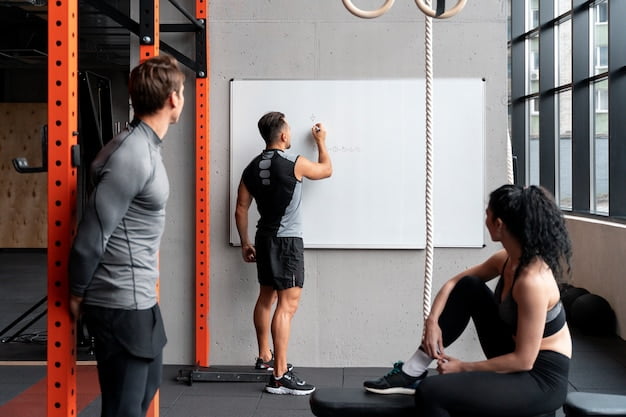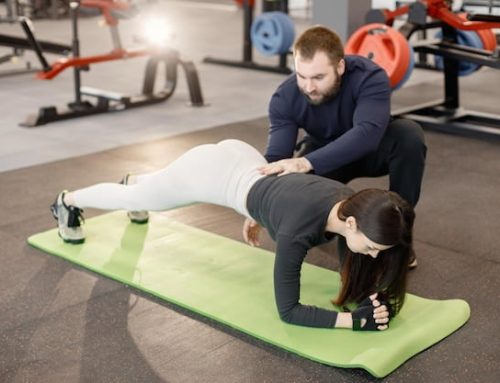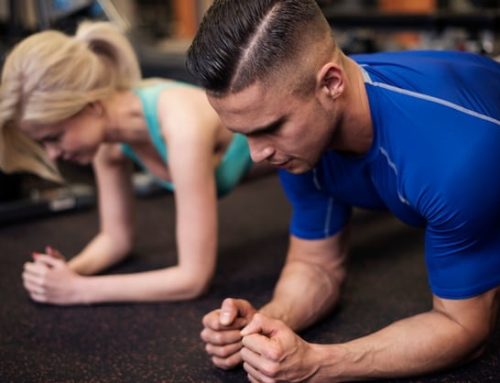What are the 4 things athletic trainers do?
Sports training is a vital aspect of professional athletes’ lives. They need to train their bodies to perform at peak performance to compete and win at the highest level. However, this training is not possible without the assistance of athletic trainers. Athletic trainers are healthcare professionals responsible for preventing, diagnosing, and treating injuries related to sports and physical activities. Here are the four primary roles played by athletic trainers.
1. Injury Prevention
The primary role of athletic trainers is to prevent injuries among athletes. They evaluate the athlete’s health and fitness levels and develop training programs for them accordingly. The trainers teach athletes proper techniques and strategies to minimize the risk of injury. They also provide education and guidance to athletes about nutrition and hydration to maintain their health and prevent injuries.
2. Injury Assessment and Diagnosis
Athletic trainers are responsible for evaluating sports injuries and diagnosing them. They conduct a thorough examination of the athlete’s injury and determine the extent of the injury. They also work collaboratively with doctors and other healthcare professionals to ensure the athlete receives the appropriate care and treatment for their injury.
3. Rehabilitation and Treatment
Athletic trainers are responsible for providing rehabilitation and treatment to injured athletes. They design and implement rehabilitation programs to help athletes recover from injuries. These programs include exercises and therapies that target specific areas of the body and improve strength, flexibility, and mobility. Athletic trainers also provide athletes with pain management techniques, such as massage therapy, heat and ice therapy, and electrical stimulation.
4. Return to Play Evaluations
Athletic trainers are responsible for evaluating athletes’ readiness to return to sports activities. They conduct functional testing to assess the athlete’s physical fitness level and determine if they are ready to return to the game. These evaluations help ensure that athletes do not return to sports activities before they have completely healed from their injury.
Athletic Trainers and Sports Teams
Athletic trainers are an integral part of any sports team. They work closely with coaches, athletes, and other healthcare professionals to ensure that athletes stay safe and healthy while competing. Athletic trainers often act as liaisons between coaches, athletes, and medical professionals to coordinate care and ensure that everyone is on the same page. They also keep detailed records of athletes’ injuries and treatment plans, which can be used to inform future training programs and prevent injuries.
Athletic Trainers and Sports Performance
Athletic trainers are crucial for improving sports performance. They work with athletes to develop specialized training programs tailored to their specific needs and goals. These programs include strength and conditioning exercises that help athletes build muscle, improve endurance, and increase speed and agility. Athletic trainers also provide athletes with guidance on nutrition and hydration, which can impact their performance on the field or court.
Athletic Trainers and Injury Prevention
Injury prevention is one of the most critical roles played by athletic trainers. They work to prevent injuries by identifying potential risk factors and creating programs to minimize these risks. They also educate athletes on proper technique and safety measures to reduce the likelihood of injury. By preventing injuries, athletic trainers help athletes stay healthy and perform to the best of their abilities.
The Bottom Line
In conclusion, athletic trainers play a vital role in sports-specific training. They are responsible for preventing injuries, assessing and diagnosing injuries, providing rehabilitation and treatment, and evaluating athletes’ readiness to return to sports activities. Athletic trainers are valuable assets to any sports team and can help improve sports performance while ensuring that athletes stay healthy and safe.






